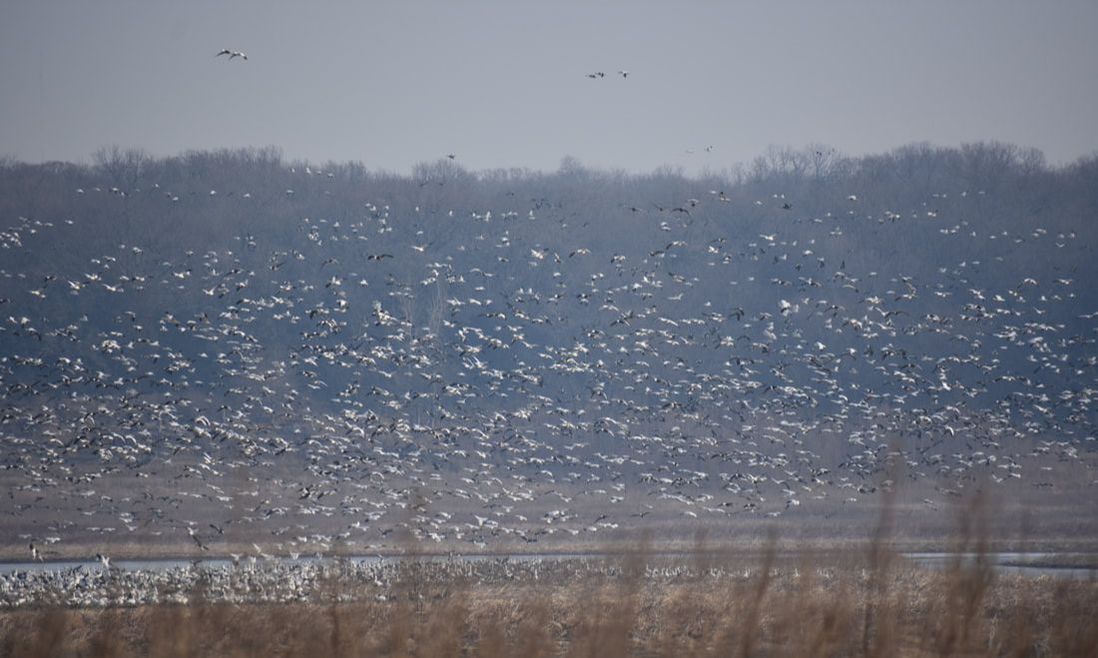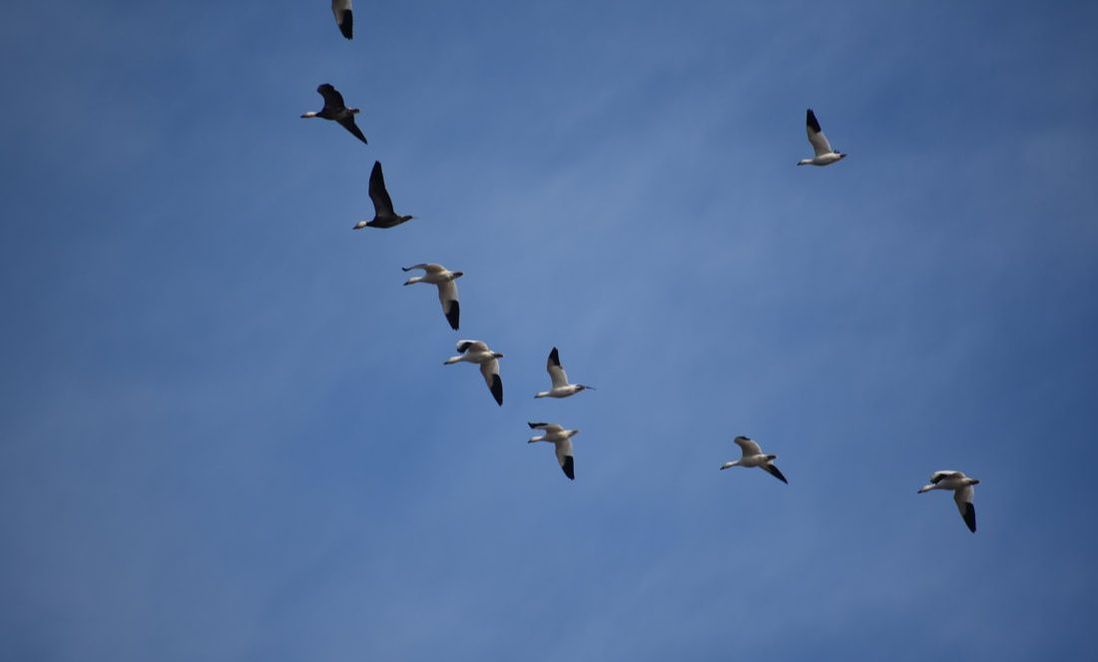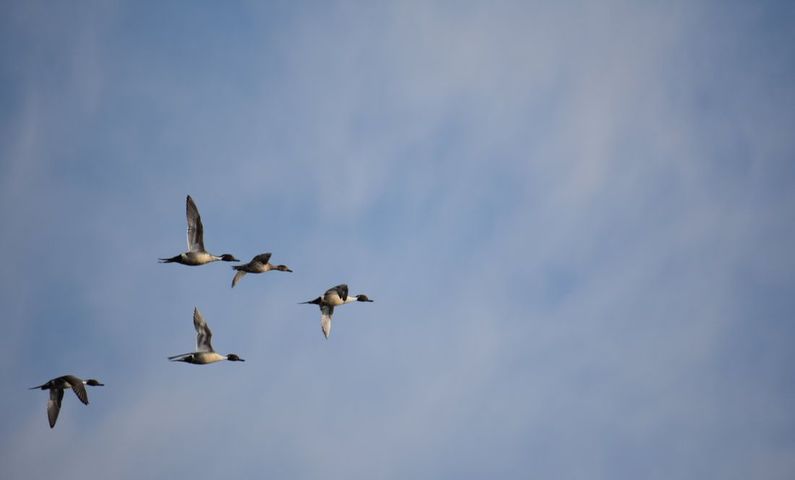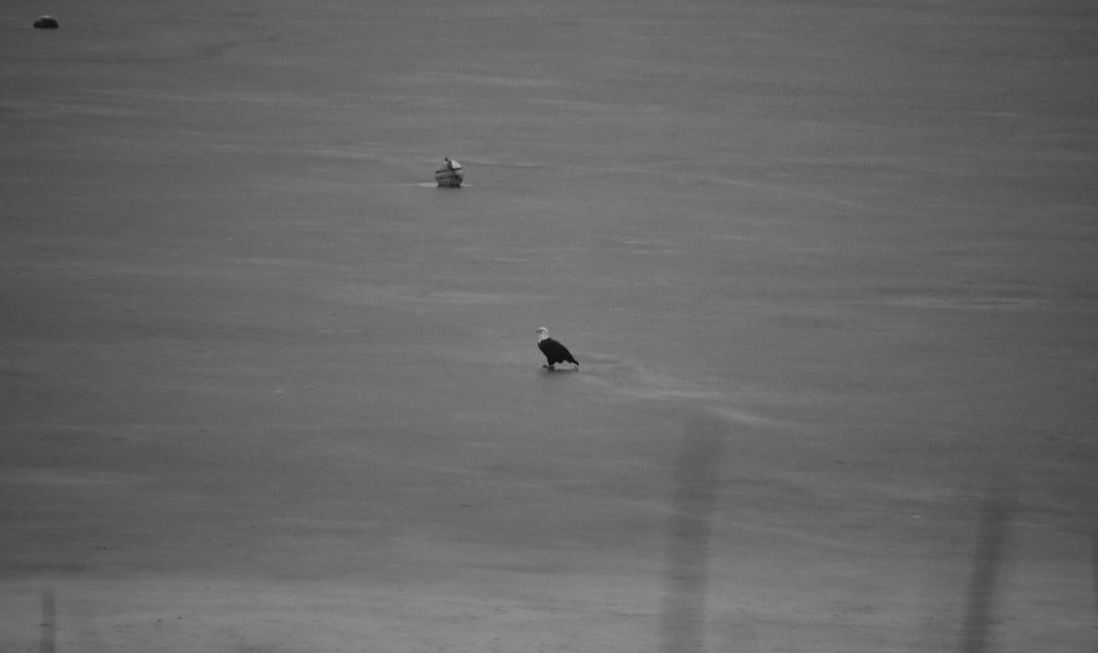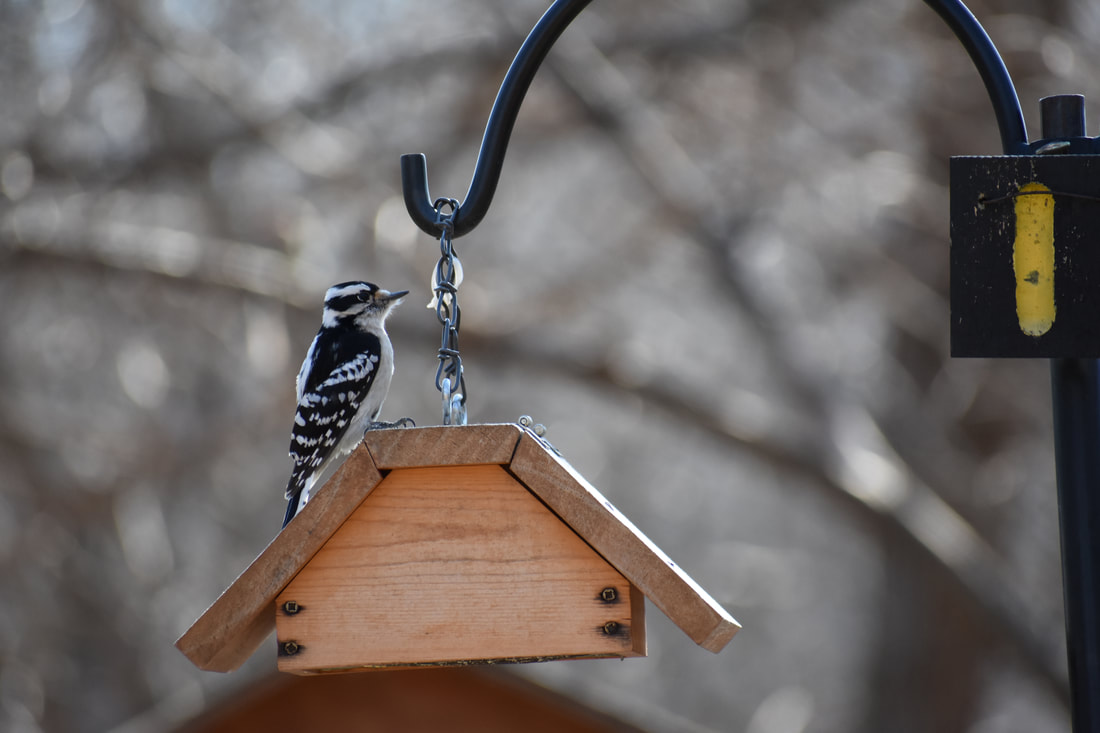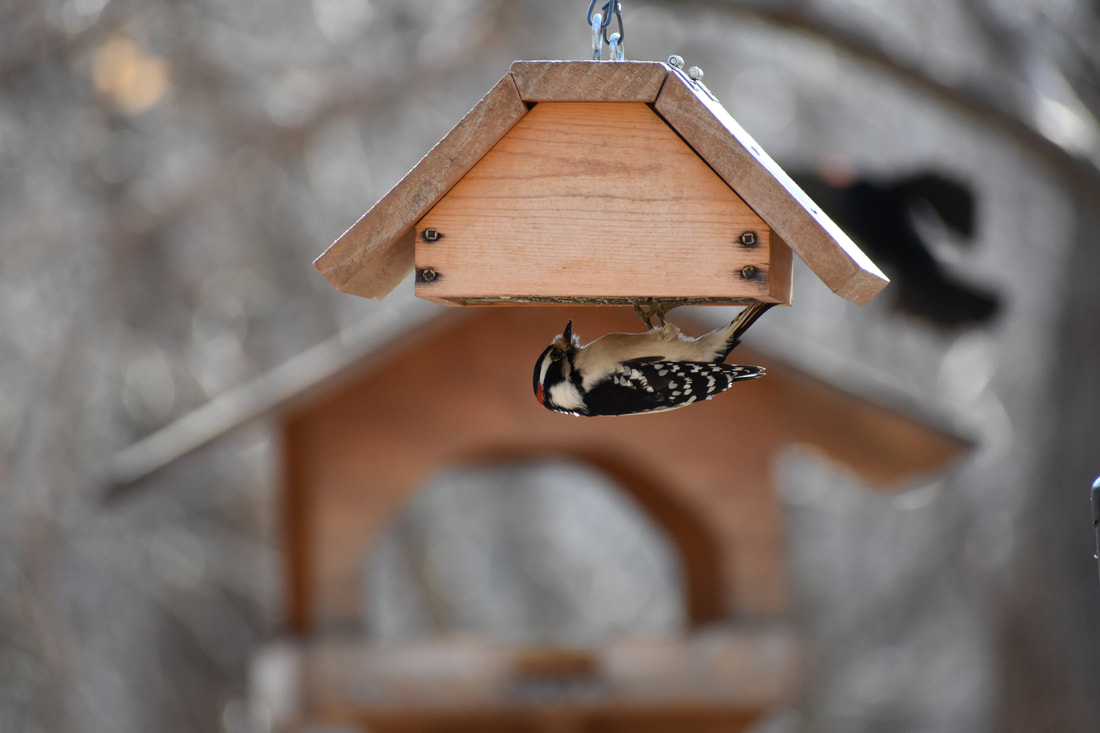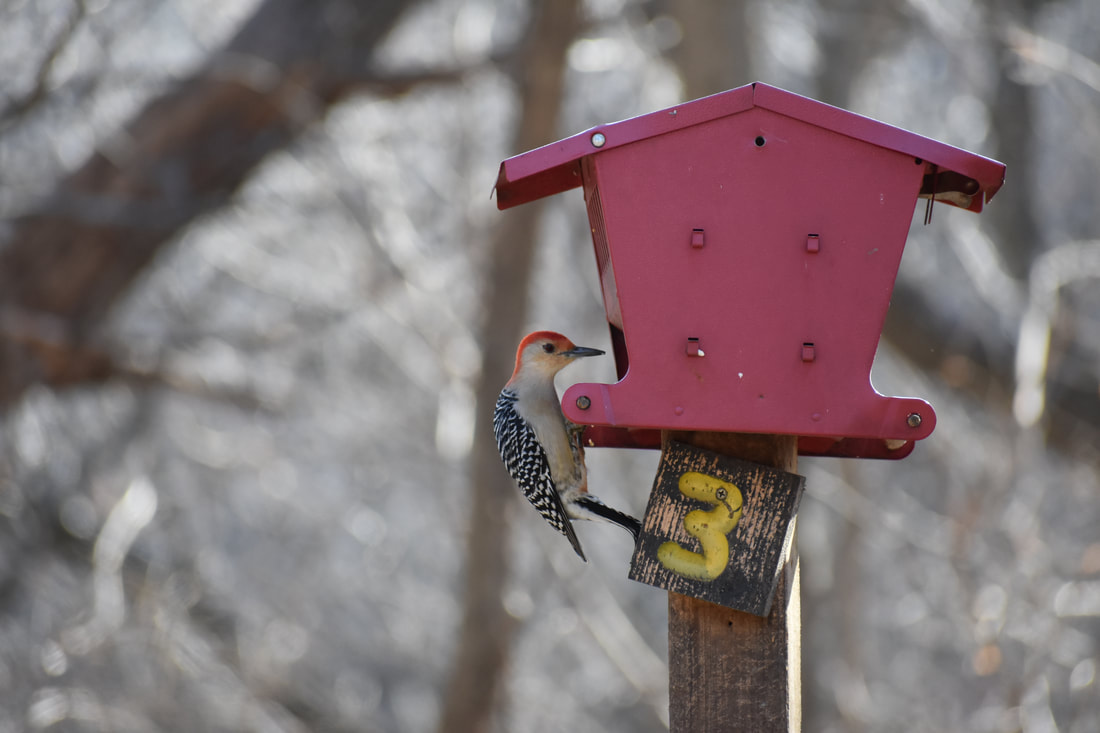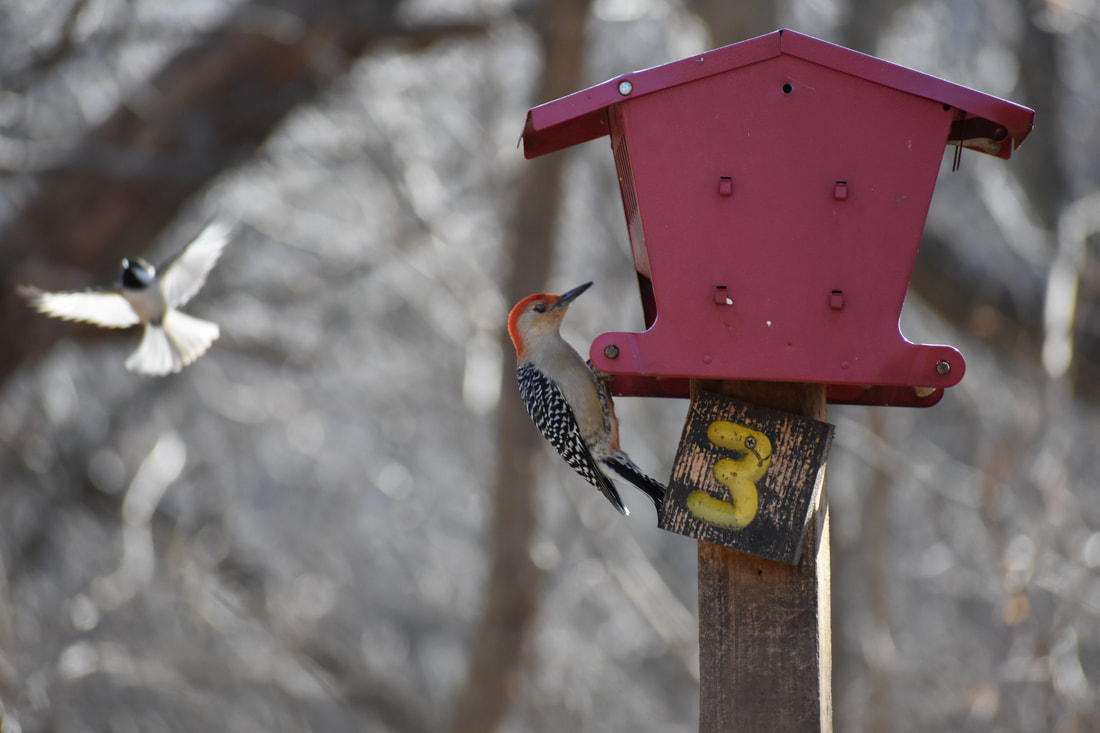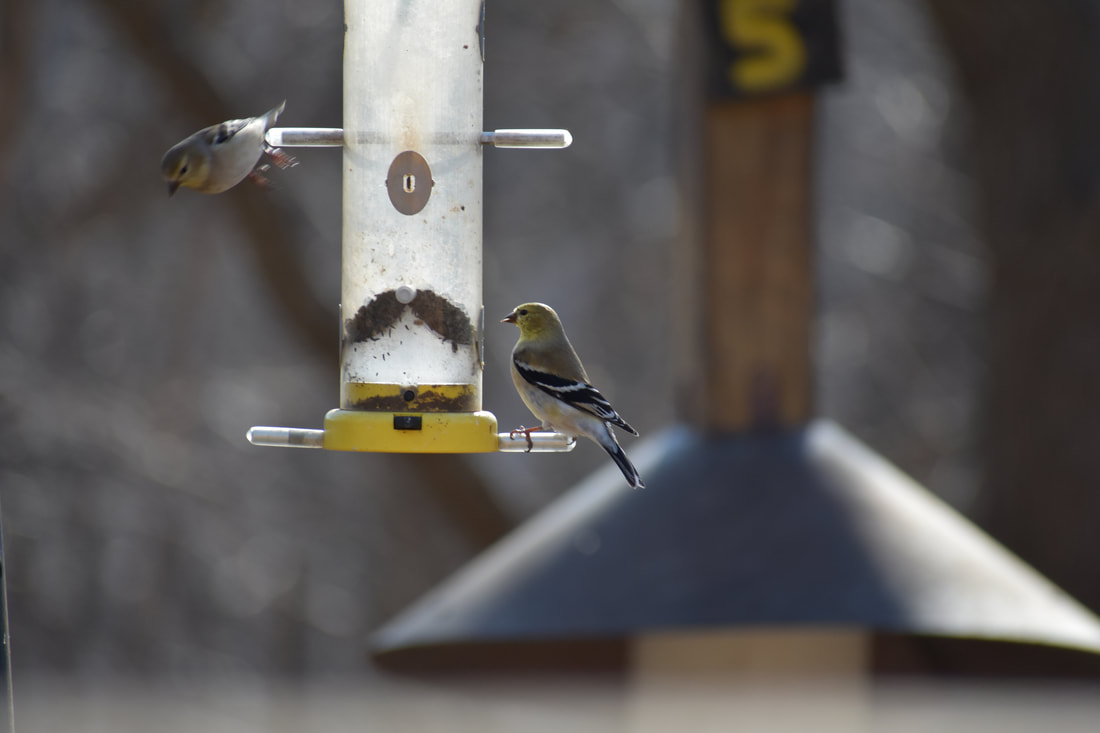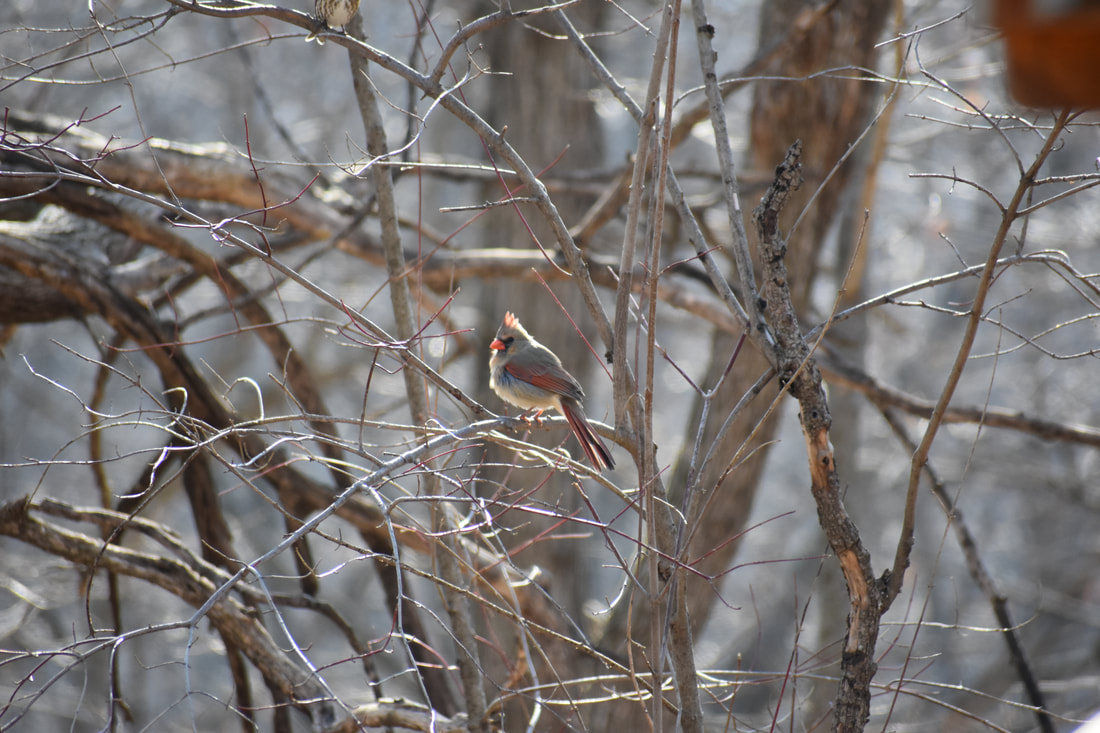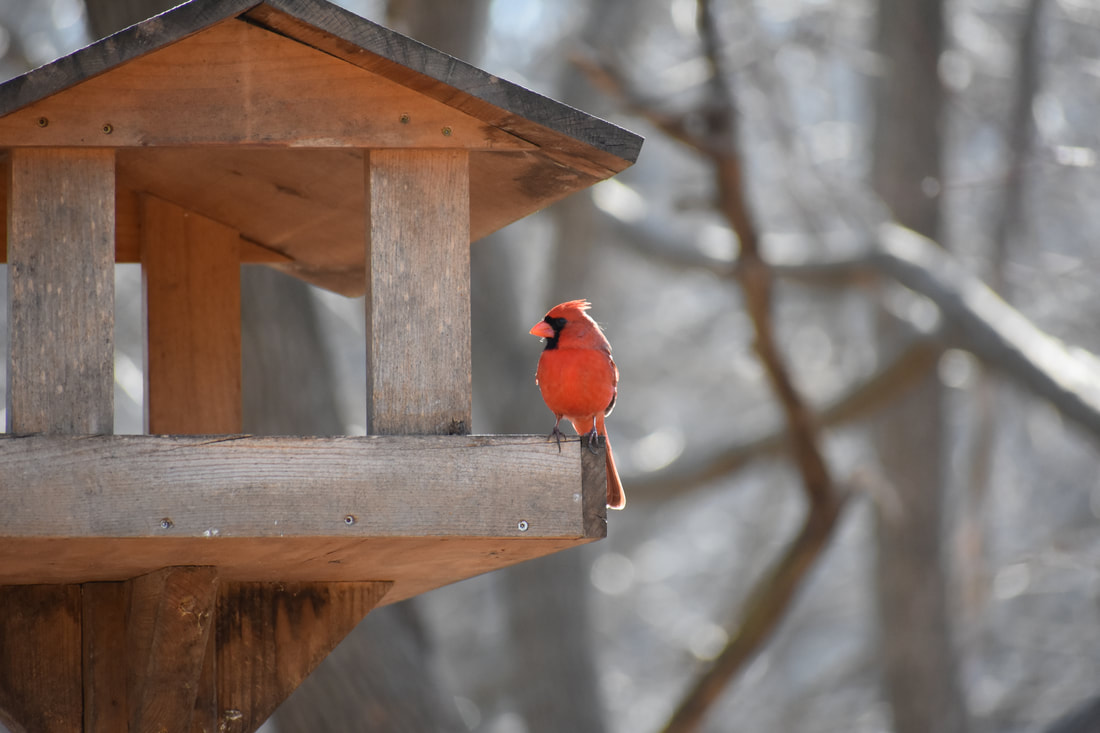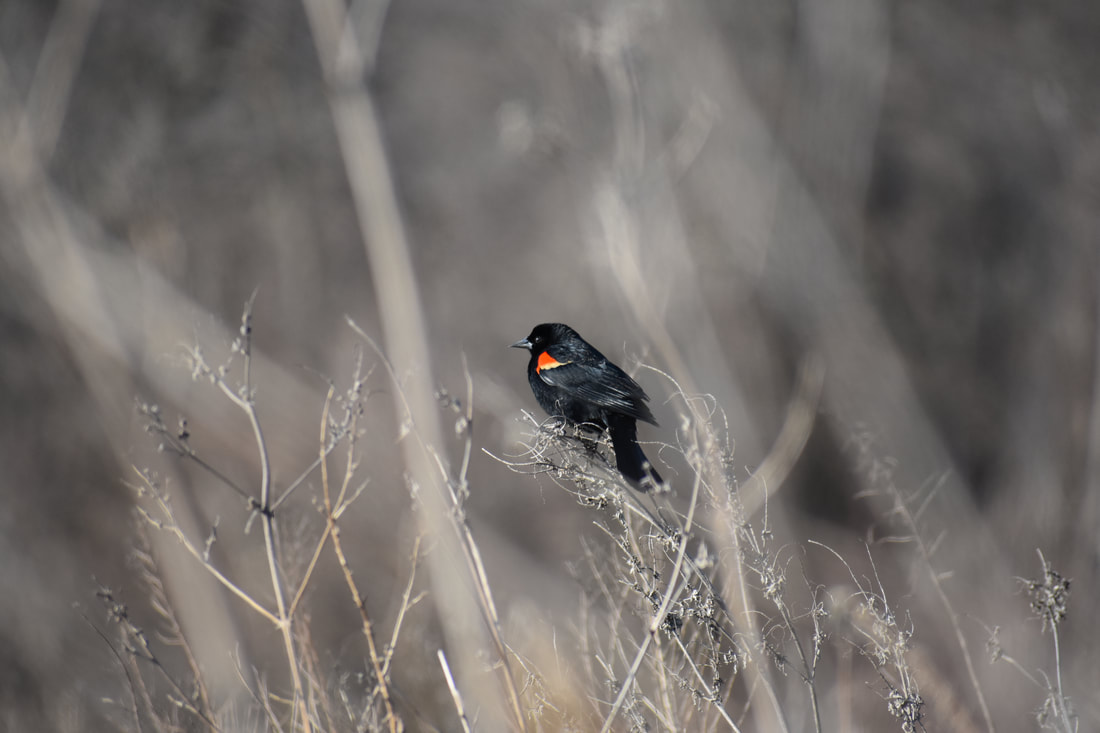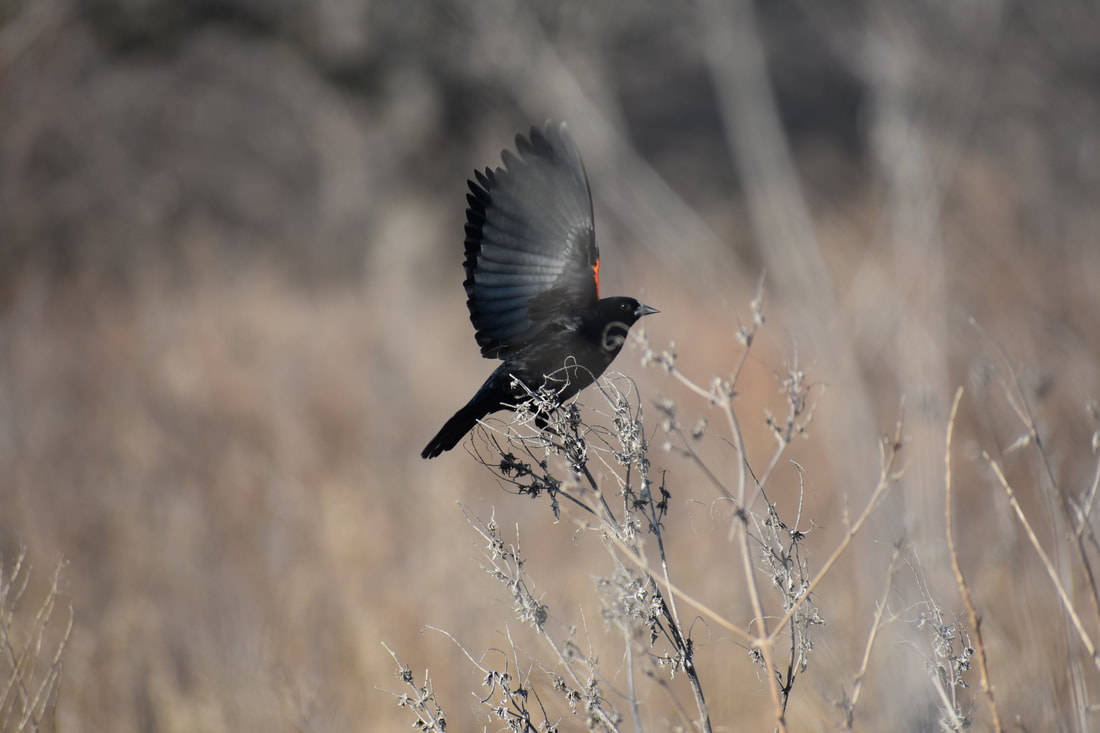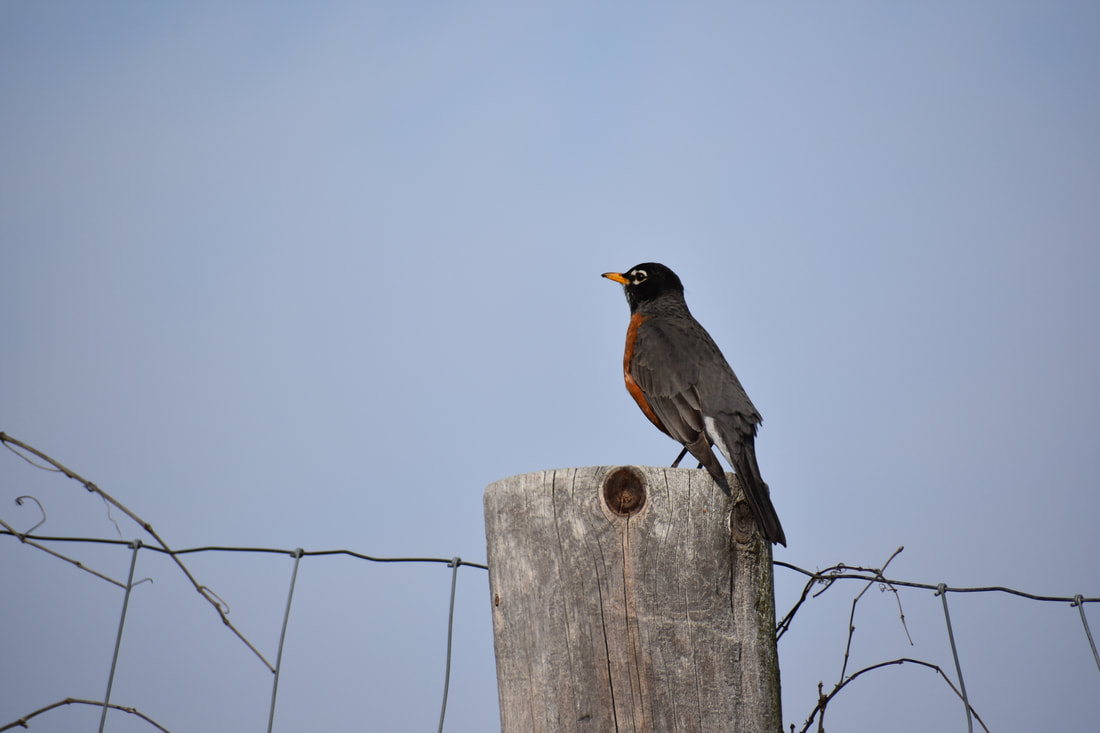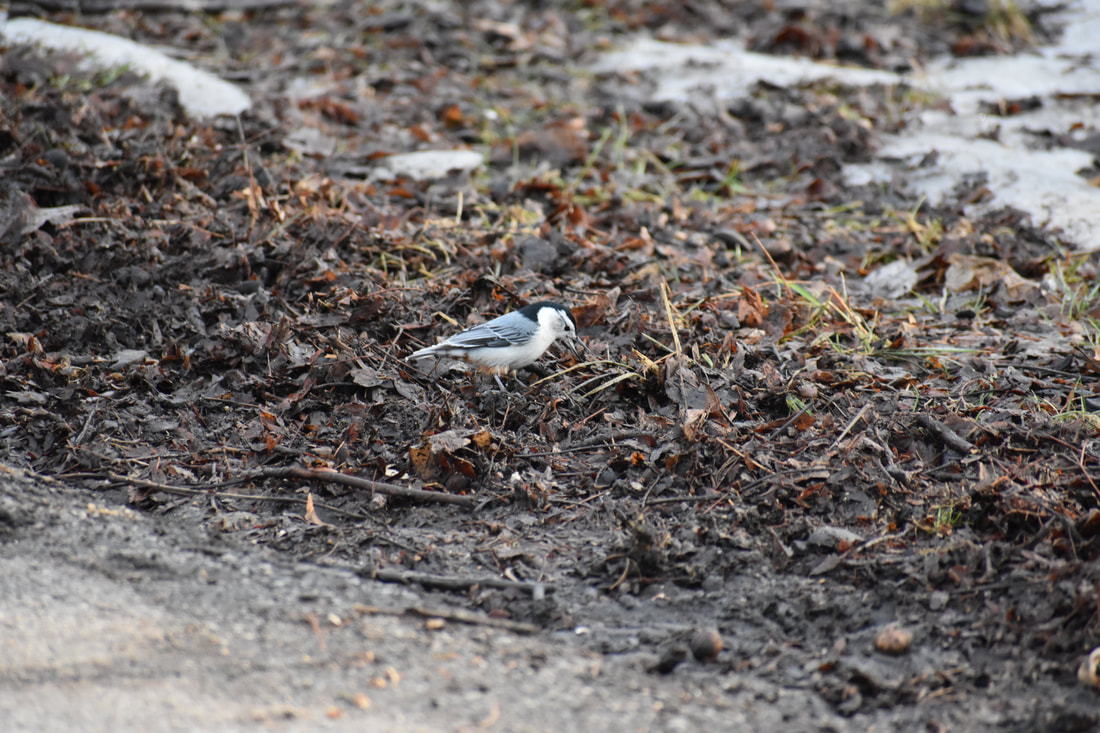|
Since moving to Iowa in mid-January, I've been out birding twice. That may not seem like very much, but in the six and a half years I lived in LA, I only went out birding about five times. Here in Polk County, Iowa, there is a really cool area that I've visited with some beautiful birds: Saylorville reservoir. The Audubon Society considers Saylorville an Important Bird Area, a place that several key bird species rely on, including as a stopping point on long migration routes. For example, in late February I saw hundreds and hundreds of Snow geese at Jester Park, located on the northwest shore of the reservoir. Just two weeks later, the majority of the geese had already moved on to continue toward their breeding grounds in the tundra. There are several other waterfowl species (ducks, geese and swans) that visit this area including Canada geese, Ross's geese, White-fronted geese, Northern Pintail, Mallards, Canvasback, Redheads, Common Goldeneye, Bufflehead and Common Merganser. One of the coolest birds I saw was bald eagles. This was a "life bird" for me which means that it was the first time I had seen and identified it in the wild. What was really awesome about this was not only had I never seen a bald eagle before, there were dozens of them at Saylorville reservoir the first time I went. I never expected such an iconic bird of prey to gather in such numbers like that and it was amazing to see. Jester park has a nice feature called a bird blind. This structure allows you to get a closer view of some smaller species of birds than they would normally allow. The blind sits behind a group of bird feeders that draws in a lot of different species. I've included images of some of the species I saw below. It's also possible to bird wherever you are. I saw a lot of beauties like the ones pictured below just driving down the road, walking down the sidewalk or looking out at my backyard. So whenever you go outside, look up, look around and look down. There is nature where you are!
0 Comments
Leave a Reply. |
J.C. BucknerAssistant Professor, University of Texas at Arlington Archives
June 2020
Categories |
Illuminating the Diversification of Evolutionary Radiations
Adventure Log
stories of current and past fieldwork and explorations of nature.
Proudly powered by Weebly
